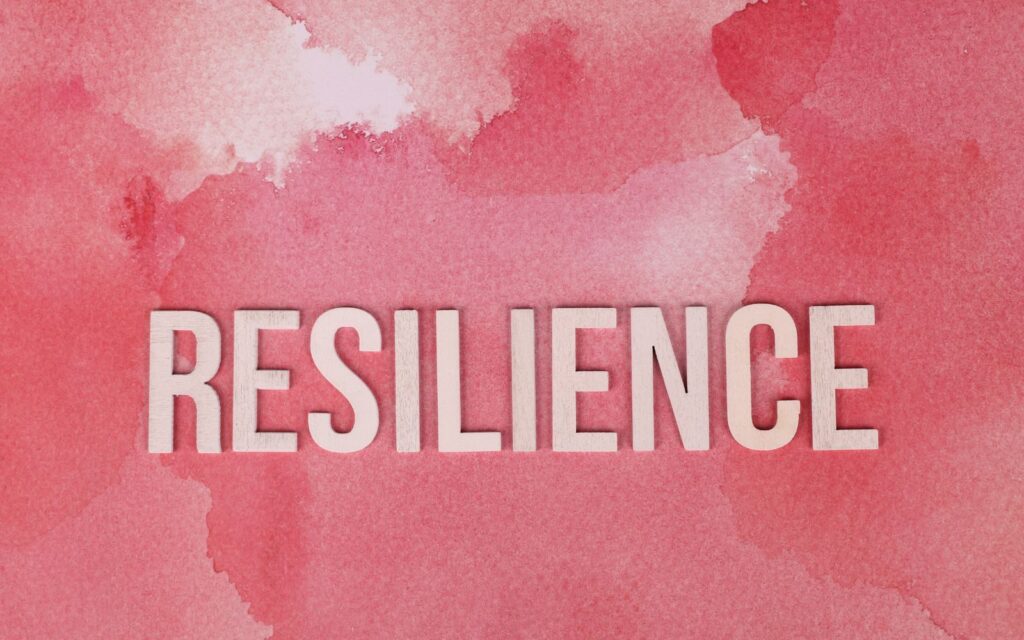Building Unshakeable Emotional Resilience in the Workplace: Transform Stress Into Success While Maintaining Work-Life Balance

Did you know that 83% of workers suffer from work-related stress, yet only 43% believe they can effectively manage workplace pressure? This staggering disconnect reveals a critical gap in our professional toolkit.
Developing emotional resilience in the workplace isn’t just about surviving difficult days-it’s about creating sustainable mental strength that protects both your career growth and personal well-being.
In this comprehensive guide, you’ll discover evidence-based strategies to build emotional resilience, practical techniques for managing workplace stress, and actionable steps to create a more balanced professional ecosystem.
As someone who has navigated corporate burnout and successfully rebuilt my approach to workplace challenges, I’ll share both research-backed methods and real-world insights that can transform how you handle professional pressures.
Understanding Emotional Resilience in Professional Settings

Emotional resilience represents your ability to adapt, recover, and grow stronger when facing workplace adversity. Unlike the outdated “tough it out” mentality, true resilience involves developing a sustainable ecosystem of mental tools and coping strategies.
Research from Harvard Business School shows that emotionally resilient employees are 31% more productive and three times more likely to stay engaged during challenging periods.
This isn’t about suppressing emotions or working longer hours-it’s about creating intelligent responses to stress that preserve your energy and effectiveness.
The Science Behind Workplace Resilience
Neuroscientists have identified that resilience operates through neuroplasticity-your brain’s ability to rewire itself. When you practice resilience-building techniques, you literally strengthen neural pathways that support emotional regulation and stress management.
This biological foundation means that developing emotional resilience in the workplace is both learnable and measurable.
Core Strategies for Building Emotional Resilience

Develop Situational Awareness
Start by recognizing your emotional triggers and stress patterns. Keep a brief daily log noting when you feel overwhelmed, frustrated, or energized.
After two weeks, you’ll identify specific situations, people, or tasks that challenge your emotional balance.
This awareness creates space between stimulus and response. Instead of automatically reacting to a difficult email or challenging meeting, you can pause and choose your response deliberately.
Create Micro-Recovery Moments
Resilient professionals don’t wait for vacation to recharge. They build small recovery practices throughout their workday.
This might include three deep breaths before entering meetings, a two-minute walk between tasks, or briefly stepping outside during lunch.
These micro-moments function like emotional reset buttons. They prevent stress accumulation and maintain your capacity to handle challenges effectively.
Strengthen Your Professional Support Network
Emotional resilience thrives in connected environments. Identify colleagues who demonstrate positive coping strategies and seek opportunities for meaningful professional relationships.
This doesn’t mean dumping problems on others-, it involves creating mutual support systems where challenges and successes are shared constructively.
Research from MIT’s Sloan School shows that employees with strong workplace relationships are 47% more likely to recover quickly from setbacks and maintain long-term job satisfaction.
Advanced Resilience Techniques for Sustainable Growth

Reframe Challenges as Growth Opportunities
Cognitive reframing transforms how your brain processes difficult situations. Instead of viewing a demanding project as overwhelming, consider it a chance to develop new skills or demonstrate your capabilities. This shift doesn’t minimize real challenges but changes your relationship with them.
Practice this by asking yourself: “What can this situation teach me?” or “How might this challenge strengthen my professional abilities?” This approach builds what psychologists call “post-traumatic growth”-the capacity to emerge stronger from difficult experiences.
Establish Healthy Boundaries
Developing emotional resilience in the workplace requires clear boundaries between your professional responsibilities and personal well-being.
This means learning to say no to unreasonable requests, managing your availability, and protecting time for activities that restore your energy.
Boundaries aren’t selfish-they’re essential for maintaining the emotional resources needed to perform at your best. Consider them as protective structures that preserve your ability to contribute meaningfully over time.
Practice Emotional Regulation Techniques
When stress levels spike, your prefrontal cortex-responsible for rational thinking-can go offline. Having practiced emotional regulation techniques helps you maintain clear thinking during pressure situations.
Try the “STOP” method: Stop what you’re doing, Take a breath, Observe your emotions and thoughts, then Proceed with intention.
This four-step process takes less than 30 seconds but can prevent reactive decisions that create additional problems.
Practical Takeaways
- Start small: Begin with one micro-recovery practice daily, such as three deep breaths before checking emails
- Track patterns: Spend two weeks noting your emotional triggers to build self-awareness
- Build connections: Identify one colleague who demonstrates positive resilience and learn from their approach
- Set boundaries: Choose one area where you’ll establish clearer limits, such as after-hours email responses
- Practice reframing: When facing challenges, ask “What can this teach me?” to shift your perspective
Building Your Resilience Ecosystem

Developing emotional resilience in the workplace isn’t a one-time achievement-it’s an ongoing practice that evolves with your career.
The strategies outlined here create a foundation for sustained professional well-being, but the most important step is beginning with one technique that resonates with you. Remember that resilience grows through consistent practice, not perfection.
Start implementing these evidence-based approaches gradually, and you’ll develop the emotional strength needed to not just survive workplace challenges, but to thrive through them while maintaining a healthy work-life balance.
What’s one resilience strategy you’ll try this week? Share your experience in the comments below, and consider exploring our related articles on stress management and workplace wellness. Don’t forget to share this guide with colleagues who might benefit from building their own emotional resilience toolkit.
FAQs About Developing Emotional Resilience in the Workplace
What is emotional resilience in the workplace?
Emotional resilience in the workplace is your ability to adapt, recover, and maintain effectiveness when facing professional challenges, stress, or setbacks.
It involves developing healthy coping mechanisms and mental flexibility that allow you to bounce back from difficult situations while preserving your well-being and performance.
How long does it take to develop emotional resilience?
Building emotional resilience is an ongoing process that varies by individual, but research shows that consistent practice of resilience techniques can produce noticeable improvements within 2-4 weeks.
The key is regular practice of small techniques rather than waiting for major changes, as neuroplasticity allows your brain to strengthen resilience pathways through repeated use.
Can emotional resilience be learned, or is it an innate trait?
Emotional resilience is absolutely learnable. While some people may have natural advantages, neuroscience research confirms that resilience skills can be developed through practice.
Techniques like cognitive reframing, boundary setting, and stress management activate neuroplasticity, allowing your brain to build stronger resilience pathways regardless of your starting point.
What are the biggest barriers to developing emotional resilience in the workplace?
The most common barriers include lack of time for practice, unsupportive work cultures, perfectionist mindsets, and the misconception that resilience means handling everything alone.
Overcoming these barriers involves starting with small, manageable practices, seeking supportive colleagues, and understanding that resilience includes knowing when to ask for help.
How does developing emotional resilience improve work-life balance?
Emotional resilience helps you manage workplace stress more effectively, preventing it from spilling into your personal life.
When you develop better coping strategies and boundaries, you’re less likely to carry work stress home, more capable of being present during personal time, and better equipped to maintain energy for both professional responsibilities and personal relationships.





